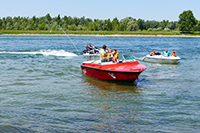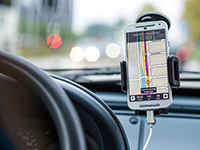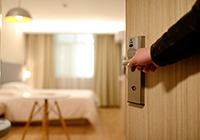 The disastrous Japanese earthquake/tsunami of March 2011 drowned thousands of people – but the toll would have been far higher without the nation’s comprehensive warning system, which combined radio broadcasts, text messages, and sirens with firefighters’ door-to-door calls.
The disastrous Japanese earthquake/tsunami of March 2011 drowned thousands of people – but the toll would have been far higher without the nation’s comprehensive warning system, which combined radio broadcasts, text messages, and sirens with firefighters’ door-to-door calls.
Every business needs an effective emergency communications notification system that has low-tech and high tech elements. Here’s an overview of the advantages and disadvantages that each type offers:
- Low-tech systems can be effective, but have serious limitations. Although calling trees are valuable for mass communications, they’re slow, subject to errors, and breakdowns.
Sirens and alarms provide immediate warning and can alert everyone who’s in a dangerous area; however, they can’t provide much information and have a limited range. Intercom systems are reasonably fast and can communicate detailed information, but usually operate in only one building.
- High-tech systems provide automated mass notification of detailed warnings rapidly and accurately to a wide range of devices, including phones (land line and cell) and computers (e-mail and instant messaging) through multiple communication networks. High-tech systems can also target messages to individual groups, such as first responders.
However, they don’t offer a panacea. For one thing, cell phones might be turned off. Although communication with cell phones is available by voice mail or text messaging, these systems are vulnerable to a general outage of communication networks. Their “call capacity” might be a serious limitation, especially for larger firms.
For most businesses, a warning system that blends low tech (alarms and sirens) with high tech (automated notification) can provide effective communication when an emergency strikes. When choosing a system, you should also weigh such factors as cost and ease of use.
Our risk management experts would be happy to offer you their advice.











